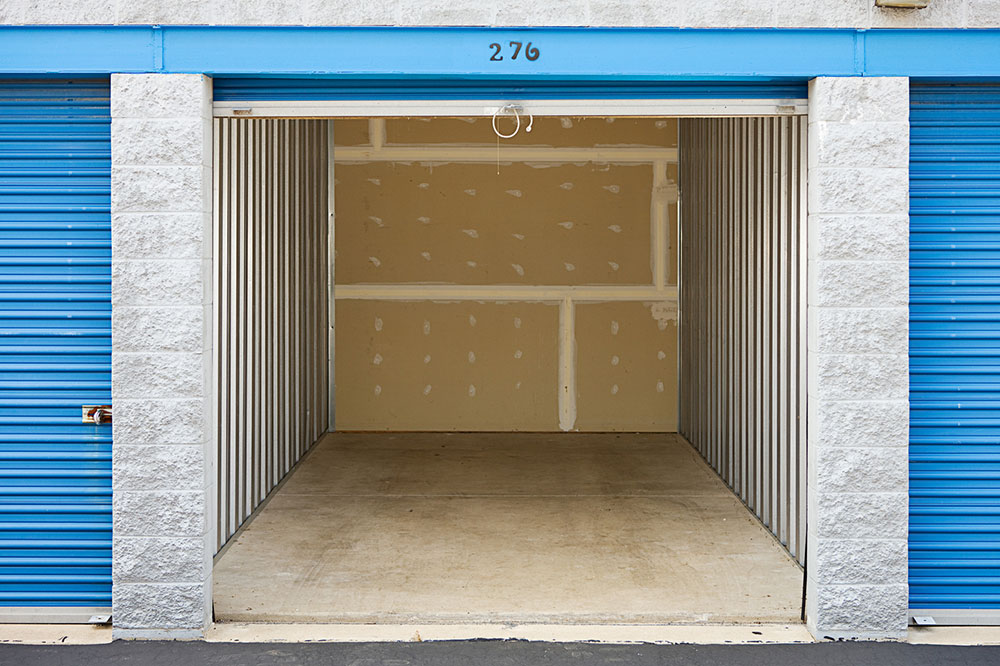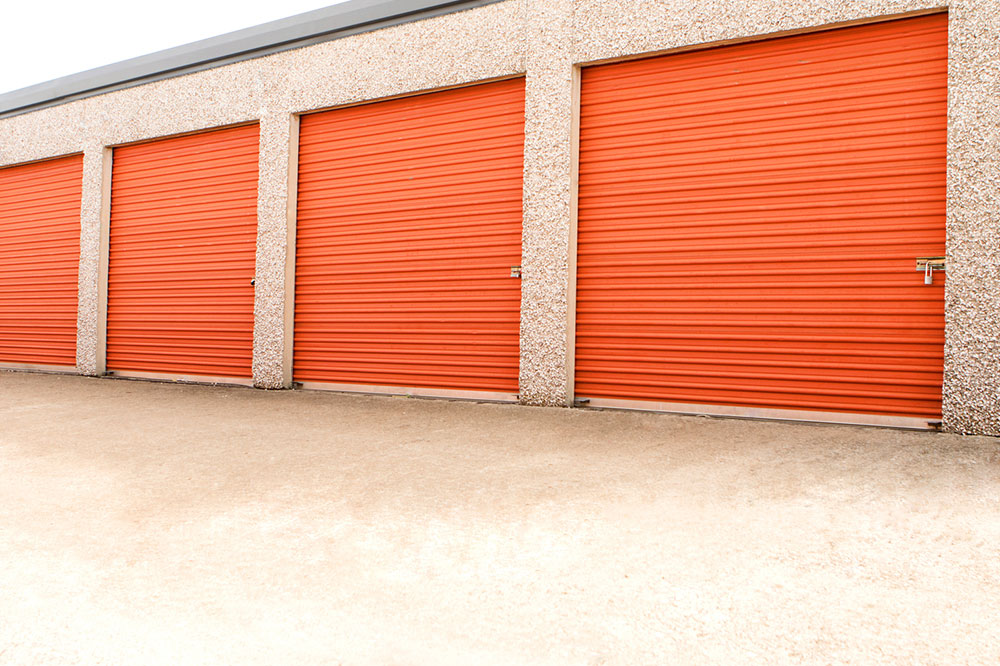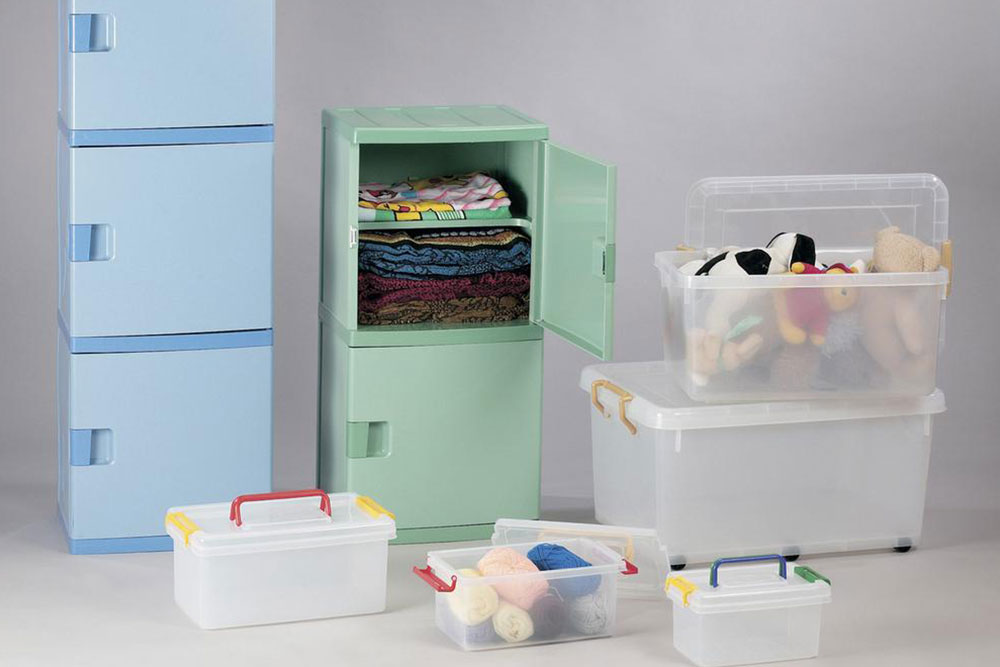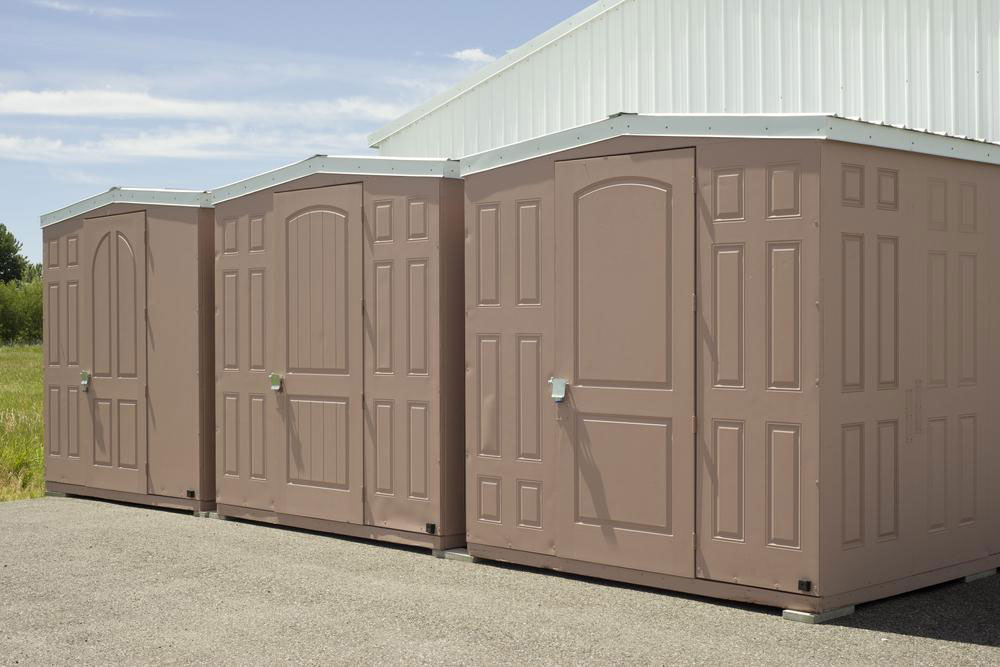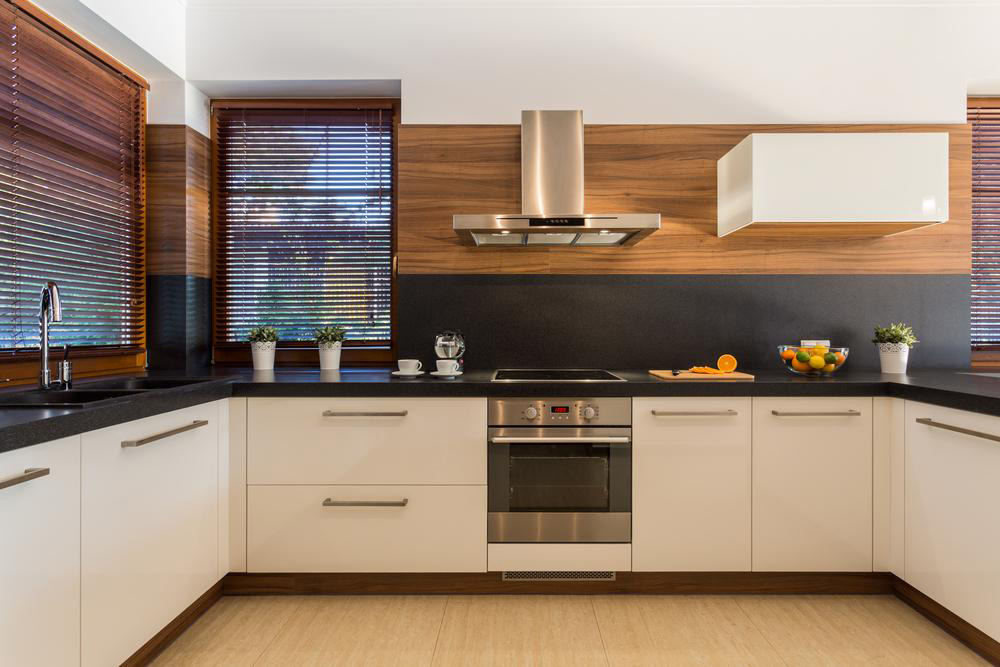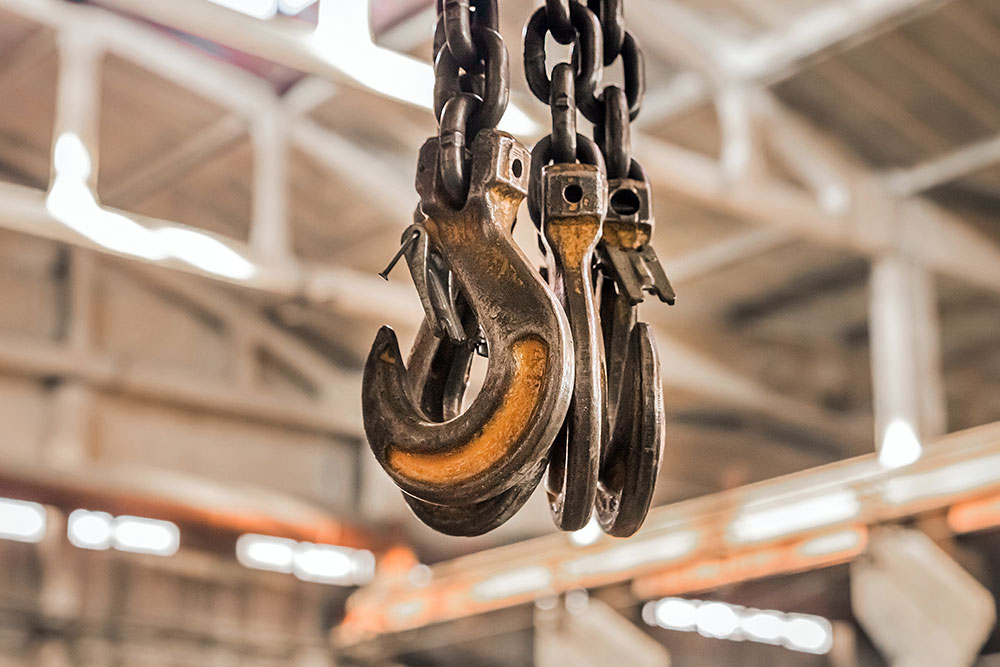Essential Tips for Optimizing Space with Storage Facilities
Discover practical tips for using storage facilities effectively. From decluttering to choosing the right unit size and location, this guide helps optimize space while ensuring safety and convenience. Perfect for personal and business storage needs, these strategies streamline organization, reduce costs, and improve accessibility for all your belongings.
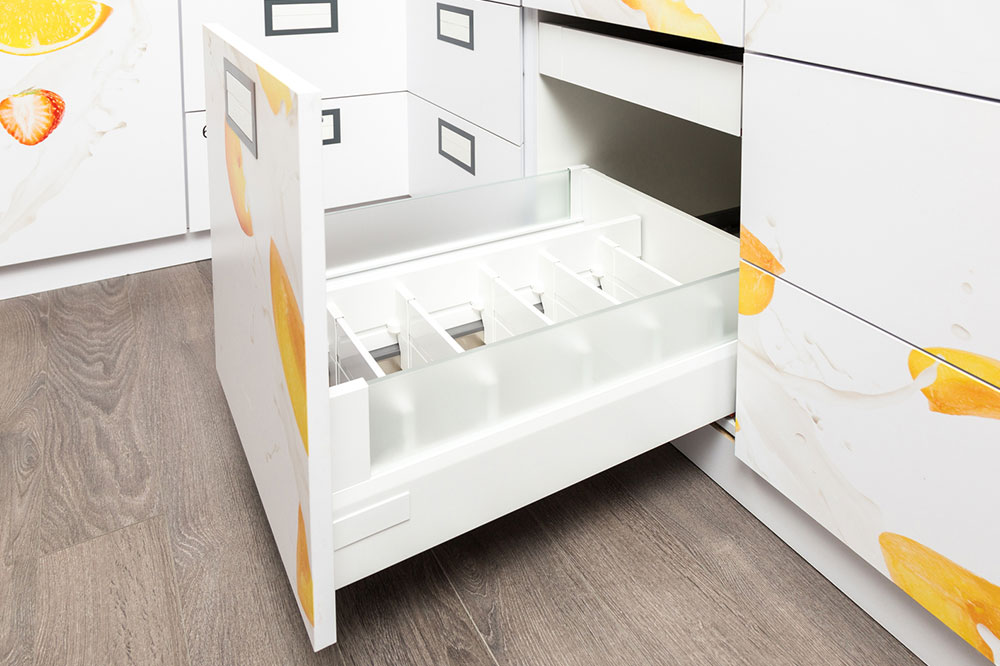
Effective Strategies for Organizing with Storage Solutions
Whether for personal needs or business purposes, utilizing storage facilities can help maintain a clutter-free environment. Ideal for storing frequently used or seasonal items, storage units simplify organization. Choosing the right size and location is crucial to ensure convenience and safety. Your storage should be spacious enough for easy access without excess space that leads to unnecessary costs. Proper planning and smart sorting can maximize efficiency, making storage units a practical choice for managing belongings with ease.
Here are some key tips to help you maximize your storage experience:
Declutter Before Selecting a Storage Space
Begin by sorting through your belongings, identifying items you no longer need or use. Consider donating, selling, or discarding unnecessary things. Pack the remaining items into labeled boxes, noting contents on a master list for quick retrieval. This process helps determine the appropriate storage size and reduces unnecessary expenses.
Identify Your Storage Purpose
Understanding why you need storage helps in choosing the right unit size. For infrequent access, a smaller unit with stacked items is suitable. For regular retrievals, consider a larger, more accessible space to avoid unpacking everything to find specific items.
Accurately Measure Your Items
Measuring larger items like appliances or furniture ensures you select a storage unit that fits your needs without paying for excess space. Storage facilities offer various sizes, so precise measurements lead to better decisions and cost savings.
Prioritize Items for Easy Access
Place frequently needed items at the front of the unit to avoid moving multiple boxes for quick retrieval. Maintaining clear pathways also helps in accessing stored belongings comfortably.
Allow Space for Movement and Ventilation
Leaving enough room to walk around is essential if you need periodic access. Additionally, leaving some space between items promotes airflow, reducing the risk of damage, especially for natural materials.
Choose a Secure Storage Facility
Opt for units with 24/7 security measures. Safe locations protect your valuables from theft or damage. For large or sensitive items, ensure the facility can accommodate such storage requirements, including outdoor options for vehicles and equipment.
Explore Extra Services Offered
Many storage providers offer climate control, pest prevention, and shelving options. Consider these extras if you plan to store delicate or climate-sensitive items like clothing, artifacts, or electronics.
Strategic Location Matters
Choose a storage facility near your home or workplace to facilitate frequent visits. Proximity reduces travel time and encourages regular use, ensuring you get maximum value from your investment.
Reasons to Use Storage Solutions
Self-storage is often more economical than renting additional space or renovating existing premises. It provides a safe, accessible place to keep belongings during renovations, relocations, or seasonal changes.
People also use storage for vehicle parking, protecting boats, RVs, or motorcycles during off-seasons. It is helpful during long travels, home moves, or when dealing with limited space at home or office. Storage units serve as a temporary holding point during relationship changes or when decluttering, offering cost-effective and flexible storage options tailored to unique needs.

